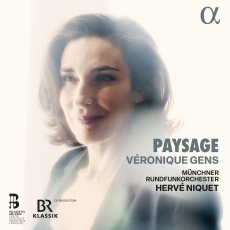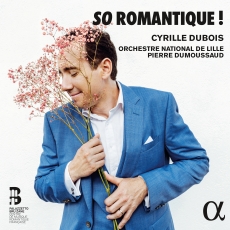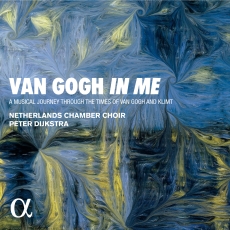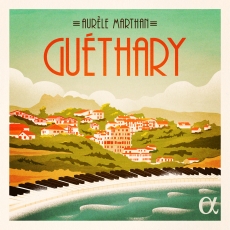Saint-Saëns: Cello Concerto No. 1 & Other Works: The Royal Academy of Music Bicentenary Series
Saint-Saëns: Cello Concerto No. 1 & Other Works: The Royal Academy of Music Bicentenary Series
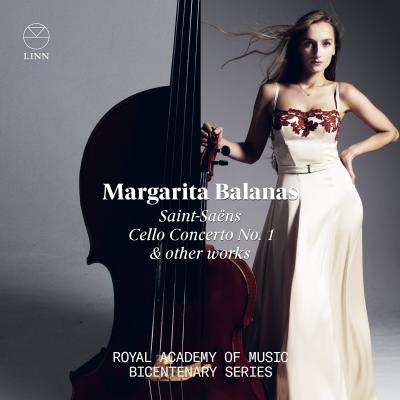
Choose quality
Studio Master (192) FLAC
- Studio Master (192) ALAC
- Studio Master FLAC
- Studio Master ALAC
- CD Quality FLAC
- CD Quality ALAC
- MP3
- Cello Concerto No. 1 in A Minor, Op. 33Composer(s) Camille Saint-SaënsArtist(s) Margarita Balanas Ben Palmer Hiroki Kasai Mio Takahashi Jack Greed
Cello Concerto No. 1 in A Minor, Op. 33
18:44$7.00 - Le carnaval des animaux: XIII. Le cygneComposer(s) Camille Saint-SaënsArtist(s) Margarita Balanas Elizabete Gulbe
Le carnaval des animaux: XIII. Le cygne
02:52$2.50 - Cello Sonata No. 2 in F Major, Op. 123: III. RomanzaComposer(s) Camille Saint-SaënsArtist(s) Margarita Balanas Ke Ma
Cello Sonata No. 2 in F Major, Op. 123: III. Romanza
06:45$2.50 - Prière, Op. 158Composer(s) Camille Saint-SaënsArtist(s) Margarita Balanas Ke Ma
Prière, Op. 158
04:25$2.50 - Lola, scène dramatique, Op. 116: TangoComposer(s) Camille Saint-SaënsArtist(s) Margarita Balanas Ke Ma
Lola, scène dramatique, Op. 116: Tango
03:47$2.50
Total running time: 36 minutes.
Album information
Known for her distinguished artistry and mesmerizing stage presence, cellist Margarita Balanas makes her recording debut as part of the Royal Academy of Music Bicentenary Series with a programme perfect for Saint-Saëns’s anniversary year.
Margarita made her solo debut at Wigmore Hall at age seventeen and since then, she has performed to audiences world-wide at venues including Royal Festival Hall and Southbank Centre, London, Berliner Philharmonie and Walt Disney Concert Hall, Los Angeles.
Playing on the Charles Adolphe Gand ‘Auguste Tolbecque’ 1849 cello, which was used for the premiere of Camille Saint-Saëns’s Cello Concerto No. 1 in 1873, Margarita has recorded the very same concerto in an arrangement for cello and string nonet by Ilan Rechtman, conducted by Ben Palmer. Her Saint-Saëns recital also includes the simple, meditative Prière written in 1919, Romanza from the second cello sonata and the all-time favourite Le Cygne. Drawn from Lola, and arranged here by Mats Lidström, the haunting rhythms of Tango round off the programme.
